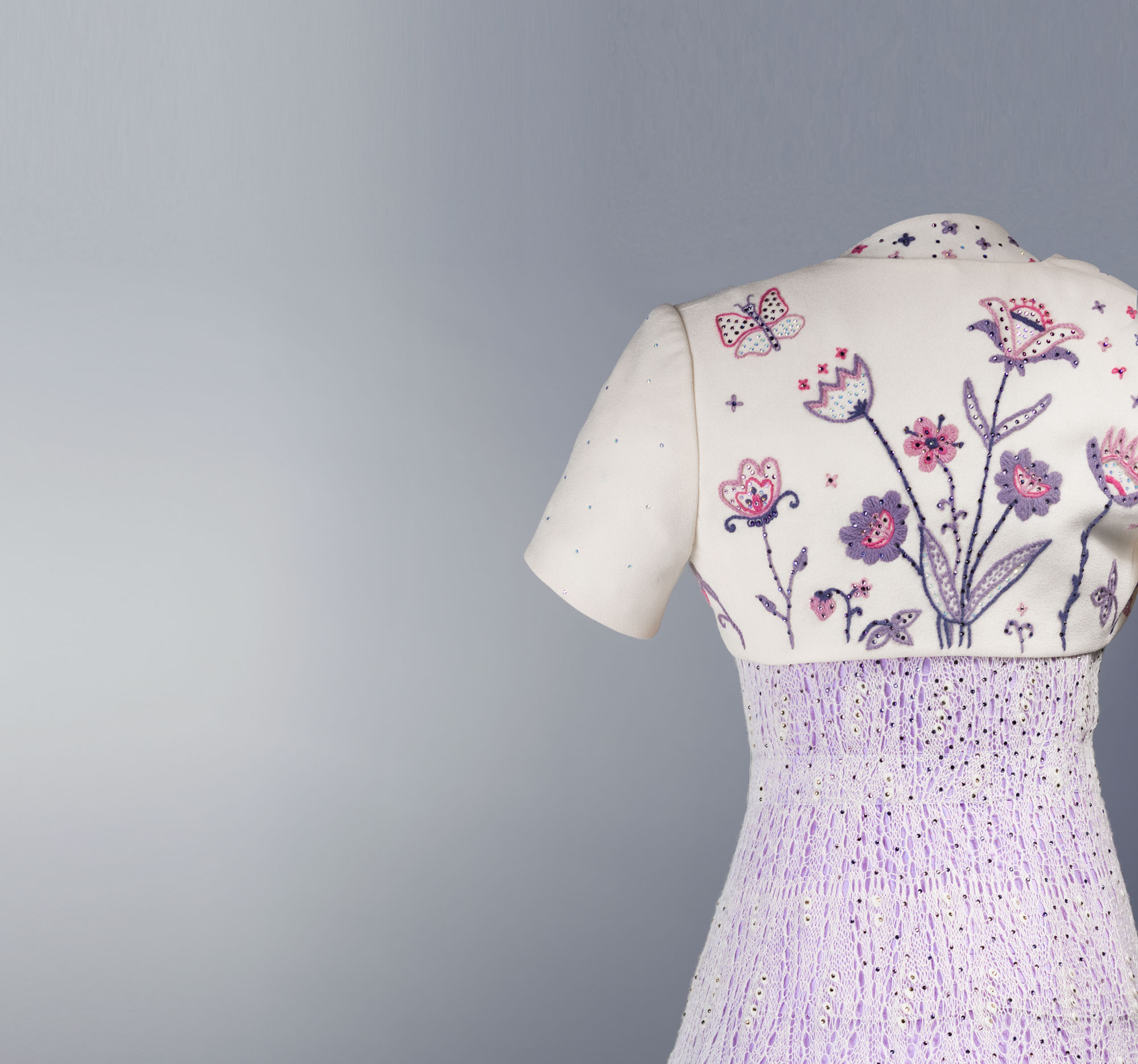
From the Village Road to the Red Carpet: A Hundred Years of National Fashion
Wednesday, 04. oct 2017
New exhibition!
Searching for one’s family roots, with support from the past, is characteristic of Estonians and one of the central aspects of our identity. Estonian national costume has endured for more than a hundred years, and been in a rather noteworthy position in Estonian public life. National costume started to withdraw from everyday use in the second half of the 19th century; at the same time only the wearing of folk costume on festive occasions - such as events of national importance and song festivals, which became popular.
A wider revival of folk costume as festive clothing began in the 1920s. During the preparations for celebrating the 10th anniversary of the Republic of Estonia and the Song Festival dedicated to it, the question of folk costume, as a symbol of the nation, was again widely discussed. Three possibilities were debated: 1) defining in detail a new national costume; 2) creating a stylized costume; and 3) imitating the ethnographic costume. A so-called “Estonian costume” was proposed; one version consisted of a short silk blouse with silk embroidery and a relatively short and tightly striped skirt. Another possibility was a markedly stylized silk set designed using the elements of Saaremaa and Seto costumes. Thus, the first stylized costumes were made using the example of the national costume – and the ‘national clothes’ fashion was born.
During the following decades the development clearly followed two directions. From one side, the making of authentic national costumes following the ethnographic example was supported; from another side the folk costume elements and attributes (patterns, cuts and materials) were used both by professionals and amateurs for designing modern clothes.
The patterns, colours and embroidery of some areas have earned much more attention than those of others. Thus, embroidery, mitten and cardigan patterns from Muhu, the Seto patterns, and the North Estonian flower patterns that are represented at this exhibition, have in all periods inspired designers the most. Another peculiarity, besides the regional preferences, is a strong prevalence of women’s clothing: when clothes are designed for men, the national features are mostly limited to vests and cardigans.
Patterns of the national costume – sash/belt patterns, sleeve patterns, skirt stripes, the eight-pointed cross, the flower, the lozenge shape, the strawberry, and the Lily of the Valley (Convallaria) – are all beautiful and well known to Estonians. These images have always carried a deeper message, as a part of national propaganda, in helping to resist a foreign ideology, supporting the national pride and manifest, of being an Estonian.
Curator: Riina Reinvelt
Layout and graphic design: Liina Unt, Katre Rohumaa
Producer: Reet Mark
You can use QR code:



